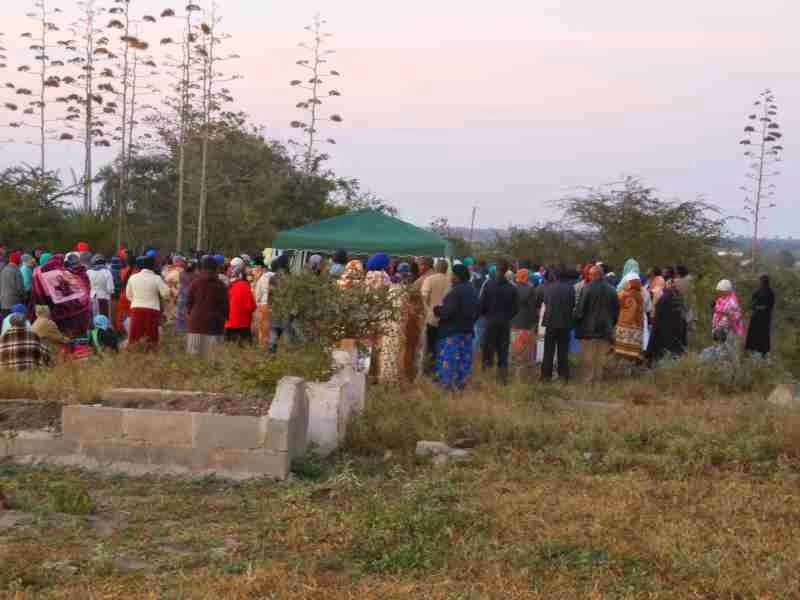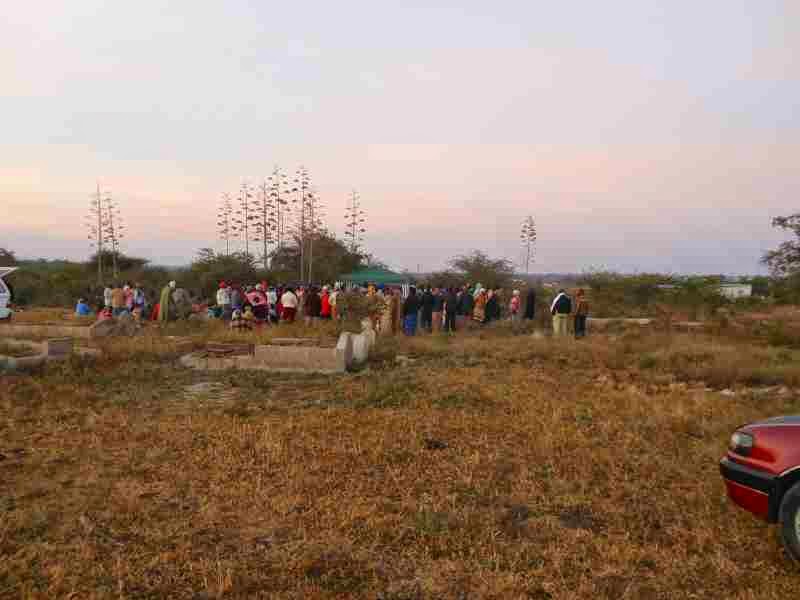The High School library opened last
week. The kids are flocking into the library. It is really
gratifying! The kids thank us, and we are thanking many of you for
making this happen. We wish you could be here to enjoy it. (We've
mentioned that anonymity is the unfortunate default of the on-line
Books For Africa donation site, so we do not know many of our
individual donors and have not been able to thank you individually –
but we want you to know that we are very grateful, and so are many
students at our high school!)
For several weeks after the
books arrived in May the English Teacher who is in charge of the
library for the High School ordered her classes to come to the
library to label and list the books, instead of holding class.
Although not holding class is lamentable, but astonishingly common, a
side effect of having the students do this work was to greatly pique
their interest, so many came in to ask to borrow books; we started
kind of sneaking some good books out with the ones who'd worked
particularly hard, they talked about them and passed them around a
little, and a buzz grew, especially about certain books (a group of
senior girls passed around 2 books they found in The Sisterhood of
the Traveling Pants series) – Don Draper's Mad Men agency could not
have rolled this out much better. A big celebratory opening was
planned, but then the teacher in charge got distracted by a
traditional dance competition where she is also in charge of one of
the teams and just made a terse announcement one morning at assembly
that the library was now open. Running great risk that she would be
left in charge, Katherine stepped into the gap and drafted rules and
procedures for checking out and returning books and tried to be
available to help the students choose books they'd like and check
them out and in. We've had lots of interest, particularly with
certain series such as The Chronicles of Narnia,and The Sisterhood,
and with some graphic novels with which I was unfamiliar. The
students are totally unfamiliar with any of the books and even with
the types of books, and they have trouble reading the clues of what
books would be of interest to them, so at morning assembly we've
spoken of how you can tell a book by its cover – the
picture, blurbs on the back and the flap of the dust jacket, on the
few that have one. Lots of interest in books about love and
relationships – same as with this age back in The Real World.
Actually, its the magazines the
students come in and read the most. One of the teachers left a lot
of back issues of Drum, which seems to be a South African People
magazine knockoff, and for some reason that gets a lot more play than
the months-old Economists I leave. Although actually the Economist
covers are sufficiently intriguing that the kids pick it up,
especially the one about Argentina's woes with Lionel Messi missing
the (soccer) ball on the cover, but they then put it back pretty
quickly, usually. But not always.
We mentioned in our last blog our
efforts to negotiate condom demonstrations at the High School. Two
science teachers strongly urged the principal to allow us to do
demonstrations in their classes as part of their regular curriculum,
and he agreed on the basis that referring to condoms is already part
of the curriculum, so Friday we taught 4 classes – two 9th
grade, an 8th and an 11th grade class, each
with 40 to 50 students, and we taught a 10th grade class
today. (We teach the primary school students about HIV but we do not
do condom demos at the Primary Schools, although some of the men in
5th grade are 21.) We walked the students through the
steps in proper installation of male and female condoms,
demonstrating on life-sized genitalia models the PC provides (part of
George W. Bushes PEPFAR funding – credit where credit is due); the
penis was dark, the labia/vagina model less so. When we talked about
the female condom I'd drop my voice and say “Ladies, this is your
chance to take some control. And you need to, because you are far
more vulnerable to HIV than men.” They'd always get very quiet and
focused. A little more than half the women between 20 and 50 in this
country are HIV+; just less than 1/3rd of the men. Then
we gave each of the students a chance to install a condom on one of
our 3 penis models we'd been able to round up and each of the girls
could also install the female condom on one of the 2 female models.
As suggested by one of the science teachers, we did not in so many
words offer the students the chance to opt out because that would
have suggested that the students who did the practice were “engaged”,
as the teacher said, but some students hung back and we're pretty
sure some did not practice with either kind of condom, and we did not
push them. The churches disapprove teaching condom use, saying it
promotes promiscuity.
Of course there were some gasps
(starting when we held up the models) and lots of giggling and
averted eyes, and some joking (the boys kept wanting to insert the
model penis into the female model). But you know, each of the 5
classes so far went more smoothly than I think the same class would
have gone at East High School in Denver. Hard to tell – never
tried it at East.
I'm pretty sure the 2 girls in
the middle in the picture below are from the nearby Refugee Camp,
from the shape of their face; we know a lot of those girls, but not
these. The one on the right was first in line to open and put on a
male condom and really didn't want to do it, but then she bit her
lip, focused and got it done – typical refugee child behavior:
making do, moving on, and getting the most out of what's on offer. I
love those kids.
The older the students, the more
questions. How long can the woman wear it? (ah, all day, I think,
but its not all that comfortable.) Can she pee? (Yup. Doesn't
cover that hole.) What happens if the male condom comes off inside?
(Easy enough to reach in and pull it out, but then its likely to
spill possibly infected semen into her vagina, which is why we teach
them to hold it on withdrawal and withdraw before he goes soft –
that always provokes a nervous giggle, as you can imagine.) Should
they wear 2 condoms for more protection? (No – increases chance of
tearing.)
As we've walked around school
since starting these condom practice classes, we'd catch the eye of
some students who may, or may not, have been in one of these classes.
As with the freshman college students for whom our daughter Martha
was a Peer Health Educator, we sometimes thought we detected a slight
smile. Smirk? Thanks? Embarrassment? Or just our imagination?

















